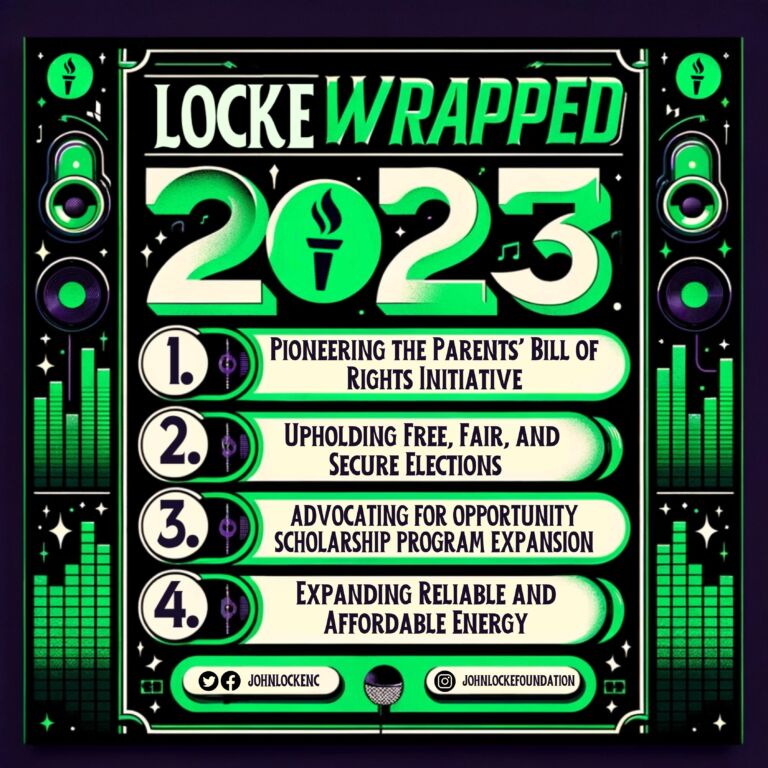If you enjoyed John Hood’s recent column about the questionable value of state rankings, you might like a short article on a similar theme in the latest issue of The Atlantic.
Residents of a certain famously picturesque New England state recently got some heartwarming news about themselves. “Vermonters Love Pets,” USA Today proclaimed earlier this year, above a write-up of the American Veterinary Medical Association’s ranking of pet-ownership rates by state. What a generous and loving people Vermonters must be, to open up their homes to more furry friends, per capita, than the people of any other state. Can these really be the same folks whom The Chronicle of Philanthropy ranked 48th in the nation in charitable giving?
The vast range of communities contained within the United States is one of our greatest assets, but it is also responsible for some of our silliest conclusions about ourselves. A scan of a given day’s headlines confirms that there’s nothing quite so irresistible as a juicy ranking, and for good reason. Who doesn’t want to know how their neighbors stack up against the rest of the country? Trouble is, comparing things like consumer habits among states that have tremendous differences in income, geographic footprint, natural resources, and—perhaps most fundamental—ratio of urban to rural populations is often a waste of time.


